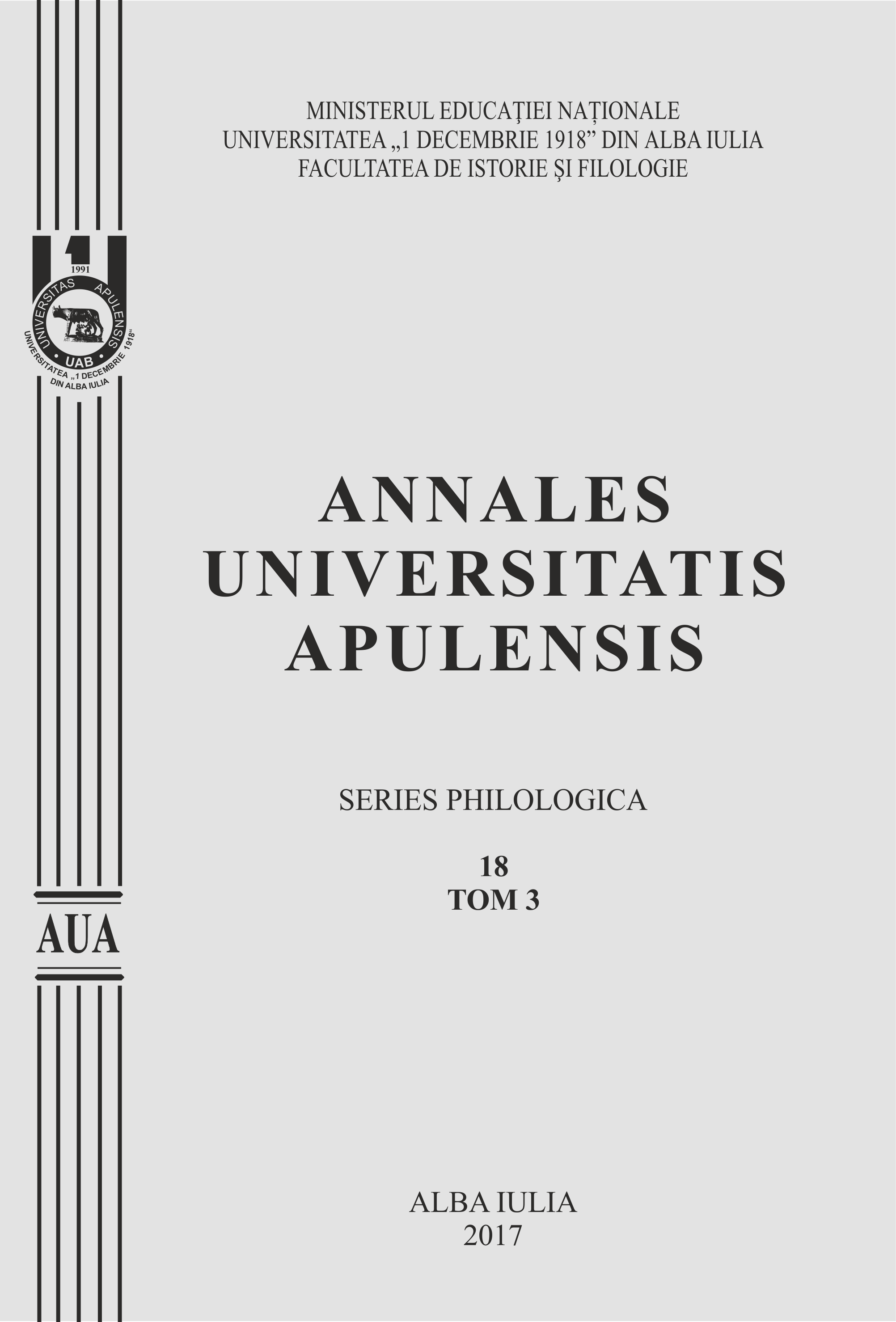MODULARITÀ TRASVERSALE NELLA DIDATTICA DELLE DISCIPLINE DELL’INDIRIZZO LMA
TRANSVERSAL MODULARITY IN TEACHING LMA
Author(s): Anamaria MiloneanSubject(s): Language and Literature Studies
Published by: Universitatea »1 Decembrie 1918« Alba Iulia
Keywords: interdisciplinary; morphology; techniques of translating; writing and oral skills; integrative trajectory; weekly module; transversal modularity
Summary/Abstract: Pittied against the ample and exceptionally prolific backdrop of interdisciplinary pedagogogy, this article sets out to illustrate the effectiveness of multi-, indeed of pluridiciplinarity in the pedagogy of applied modern langauges. It proposes an integrative perspective on three of the disciplines I taught in Italian to the 1st year students at the Department of Applied Modern Laguages at BBU Cluj during the academic year 2016-17: morphology, techniques of translating, writing and oral skills. The study that I conduct here seeks to draw attention to the importance of an integrative trajectory, one that valorises the conjunction among the subjects and liaises concepts and phenomena. I posit that one such approach can be developed within a weekly module, which I envisage as one based on the concept of transversal modularity. In my view, going beyond the confines of conventional morphological study, the proposed module can among other things, clarify the difference in usage between, for instance, the simple past and the present perfect in Italian. It would do so by way of resorting to cross-disciplinary competences, built by various disciplines such as writing and orals skills and techniques of translating. By combining the specific methodologies and objectives of the various disciplines involved (grammatical expertise, comprehension of the discursive functions specific to the two tenses in question, the capacity to identify the right equivalence in the translation process, and that of producing authentic texts, adequate for the text types to which they belong), a like trajectory inevitably develops cross-disciplinary skills, bound to evidence the upperhand the ensemble has over the part. Consequently, it is my strong belief that, an apt fusion of methodologies, of contents and competences, in this case pertaining to the three aforementioned disciplines, is conducive to didactic resources bound to be more effective that those of each distinct discipline.
Journal: Annales Universitatis Apulensis. Series Philologica
- Issue Year: 18/2017
- Issue No: 3
- Page Range: 278-288
- Page Count: 11
- Language: Italian

